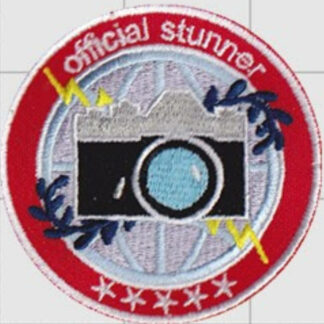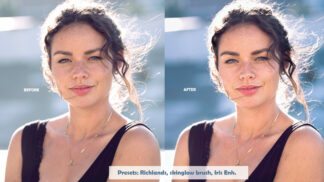Frames per second (FPS) measures how fast your camera can take pictures when it is in continuous shutter mode. The slowest DSLRs can take shots at about 3 FPS, whereas professional models designed for sports can shoot at up to 14 FPS. If you plan to shoot sports or wildlife, FPS will be very important to you, and it might be worth spending more to get a camera with a higher FPS. Moving from 3 FPS to 6 FPS doubles the number of shots you take when the action is occurring. In sports, that increases the chances of you capturing a stunning shot with a fleeting expression, or recording that split-second where the baseball meets the bat. In wildlife, it means you’re more likely to get a shot of the flying bird with its wings just at the top of a flap. Basically, higher FPS increases the overall quality of your action shots by increasing the chances that you capture that split-second where the light, expression, and pose are perfect. However, even 3 FPS is enough for the casual sports and wildlife photographer. If you aren’t serious about shooting sports or wildlife, FPS really doesn’t matter at all, and it shouldn’t be a factor in your buying. Buffer size is another factor that is closely related to FPS. When you take a picture, your camera first copies the picture from the sensor to a temporary, but high-speed buffer. From the buffer, the picture is then copied to your permanent, but much slower, memory card. Therefore, your camera’s advertised FPS can only be achieved while there is room in the buffer. When shooting RAW, the buffer can fill up quite quickly. For example, the Canon 5D Mark III shoots at about 6 FPS. However, the buffer can be completely filled after about 2 seconds of continuous shooting, and future shots will be much slower to capture. Using a faster memory card can extend your continuous shooting by allowing the buffer to unload images faster, allowing you to take many more shots before the FPS slows down. With the Canon 5D Mark III and a high-speed UDMA 7 CF memory card, the camera can shoot continuously for about 6 seconds (instead of the usual 2) before the buffer is full. If you plan to shoot long bursts of action and use RAW, research two factors:
- The number of continuous shots the camera can capture before the buffer is full.
- The performance of different memory cards with your camera.
Buffering isn’t typically a problem with JPG files, because JPG files are much smaller, and therefore consume much less of the buffer.





